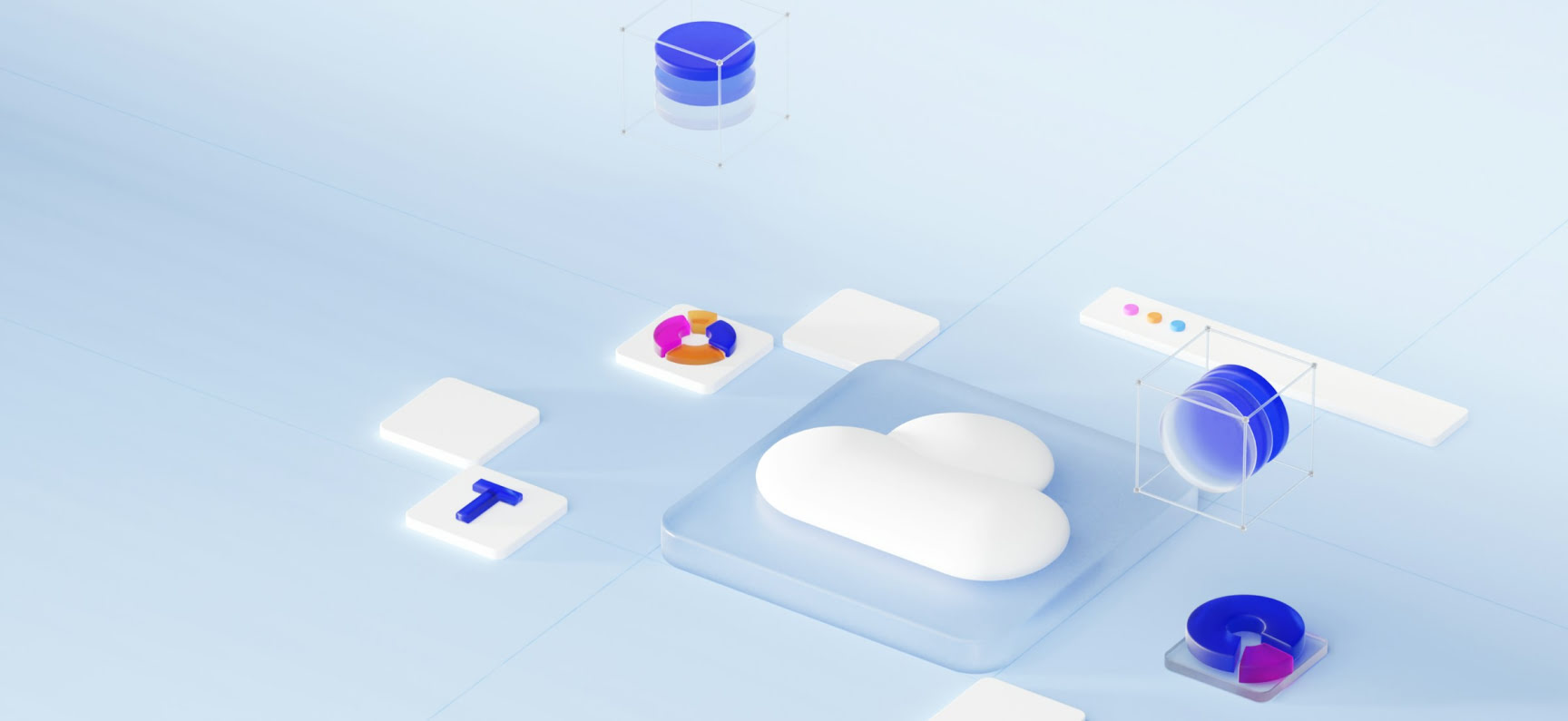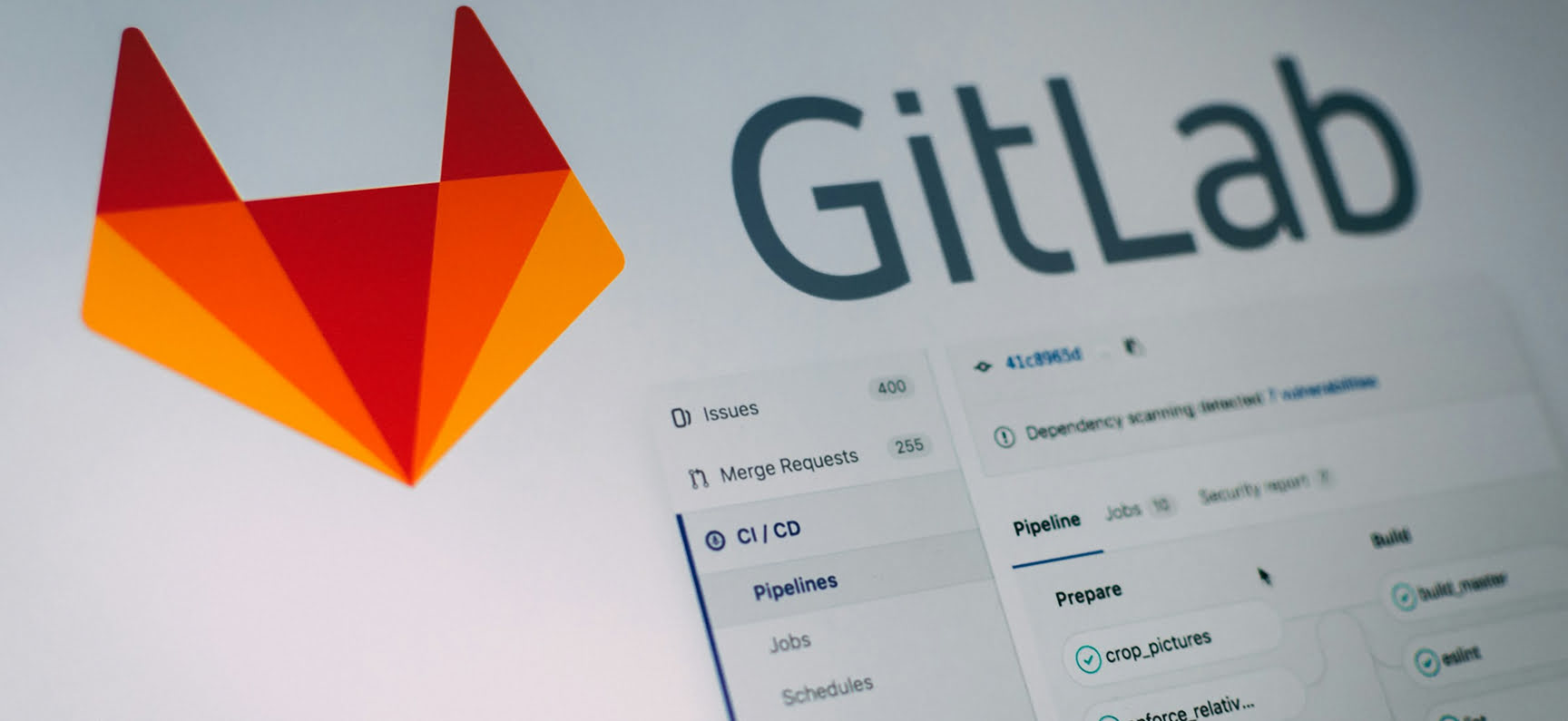As more companies aim for greater control over their infrastructure, migrating to private cloud is becoming an increasingly attractive option, especially for enterprises that need more security, customization, and compliance than public clouds can always deliver.
But here’s the deal: migrating to private remote infrastructure isn’t as simple as flipping a switch. Moving an enterprise application into a private remote infrastructure requires careful planning and, most importantly, the right features in place to ensure your systems don’t just survive the migration, but thrive afterward.
In this guide, we’ll break down the features needed to make enterprise application migrate to private cloud – and show you how to approach your private remote infrastructure migration the smart way.
How to Make Enterprise Application Migrate to Private Cloud?
To successfully migrate to private cloud, your system must support specific capabilities. The feature needed to migrate to private cloud isn’t just about infrastructure – it’s about ensuring your entire application architecture is prepared for the demands of scalability, security, and integration in a private environment. When you’re dealing with enterprise-grade software, the challenge grows.
Expert Opinion «Migrating to a private cloud isn’t just about moving infrastructure – it’s a chance to rethink application architecture, strengthen security, and build a scalable foundation for long-term business growth. The key is to carefully assess your existing systems and focus on the features that deliver the highest value during migration.»Oleksandr Prokopiev Chief Executive Officer, ARTJOKER Software
Every feature needed to make enterprise application migrate to private cloud must support stability, performance, compliance, and long-term maintainability. Let’s break down which features your private cloud environment needs to ensure a successful, stable, and future-proof migration.

1. Application Modernization Support
Before anything moves, you need to assess whether your enterprise application is ready for the private cloud. Many legacy apps are not cloud-native and require modernization to:
- Support containerization (Docker, Kubernetes, etc.)
- Enable microservices architecture
- Decouple tightly integrated services
Without this, migration becomes risky, expensive, and prone to failure. This is why many organizations start by engaging cloud migration consulting to audit application readiness and design a modernization roadmap.
2. Flexible Resource Management
Private cloud platforms must be able to dynamically adapt to the resource needs of your enterprise applications. Unlike rigid on-premise environments, flexibility is what enables private cloud to handle fluctuating workloads while maintaining cost-efficiency.
This capability becomes especially critical when you’re looking to make enterprise application migrate to private cloud infrastructure. Without flexible resource provisioning, your migration could run into performance bottlenecks or lead to costly overprovisioning.
Look for features that allow:
- Dynamic resource allocation based on workload demand, not static pre-defined limits
- Customizable virtual machines that allow you to fine-tune CPU, memory, and storage based on real-time usage
- Scalable storage options, whether block, object, or file storage, that can grow or shrink depending on data needs
- Elastic networking to support sudden traffic spikes or expansions
By leveraging flexible resource management, your enterprise application can scale up during peak periods and scale down during quiet periods, without overprovisioning or wasting valuable infrastructure.
3. High Availability and Failover Mechanisms
For most enterprise applications, downtime isn’t just inconvenient – it’s financially damaging. A successful private cloud migration must include high availability (HA) and failover features to keep your business running smoothly, even if part of your infrastructure fails.
Key features to implement:
- Load balancing to distribute traffic evenly across servers and prevent overload
- Redundancy at every critical level: compute, storage, and networking
- Failover clusters that automatically re-route traffic in case of failure
- Automated disaster recovery (DR) with minimal recovery point objectives (RPO) and recovery time objectives (RTO)
Without robust HA and failover mechanisms, any unexpected hardware or software failure can bring mission-critical applications offline, resulting in costly outages.
4. Advanced Security Controls
Security is one of the main reasons enterprises choose the private cloud. Your platform should offer:
- Zero-trust architecture
- Role-based access controls (RBAC)
- Encrypted data at rest and in transit
- Intrusion detection and prevention systems (IDPS)
This is especially critical for industries like healthcare, finance, and government, where compliance is non-negotiable.
5. Compliance & Regulatory Support
For many enterprises, compliance isn’t just a feature – it’s a legal requirement. A private cloud must support:
- HIPAA, GDPR, PCI-DSS, SOC 2 compliance
- Detailed audit trails
- Automated compliance reporting
Without these capabilities, you’re putting your business at legal and financial risk.
6. API Integration and Compatibility
Enterprise applications rarely operate in a vacuum. Your private cloud environment needs robust APIs and compatibility features to integrate with:
- Third-party software
- Legacy systems
- SaaS platforms
- Internal enterprise tools
Smooth integration allows your team to maintain existing workflows while benefiting from cloud scalability.
7. Containerization and Kubernetes Support
Modern private clouds should fully support containerization. If you plan to modernize your enterprise app architecture, Kubernetes development becomes a must-have for orchestration. Kubernetes enables:
- Automated scaling
- Self-healing workloads
- Multi-cloud portability
- Efficient resource utilization
This feature alone helps many enterprises reduce infrastructure costs and simplify ongoing management.
8. Monitoring, Logging, and Cost Management
Once your application is running in a private remote infrastructure, you’ll need full visibility into performance and spending. Look for:
- Real-time monitoring dashboards
- Detailed logs for troubleshooting
- Predictive cost management and optimization features
Monitoring ensures you catch performance bottlenecks early and optimize resource consumption long-term.
9. Automation and DevOps Compatibility
To support modern Kubernetes DevOps workflows, your private remote infrastructure should integrate with CI/CD pipelines, support Infrastructure as Code (IaC), and enable automated provisioning of resources.
Automation is critical for reducing operational overhead while ensuring consistent, repeatable deployments across environments.
10. Expert Migration Consulting and Planning
Even with the right features, migrating enterprise applications to the private remote infrastructure requires deep expertise to minimize risks and ensure long-term success. Partnering with DevOps consulting experts allows your organization to:
- Conduct thorough system assessments
- Build a custom migration roadmap
- Avoid costly downtime or performance issues
- Ensure full compliance and security alignment
- Optimize resource allocation and infrastructure costs
Expert consulting ensures your migration is not only technically sound but also aligned with your business objectives.
Key Features Required to Migrate Enterprise Applications to Private Cloud
Before diving into each feature in detail, let’s take a high-level look at the main features needed to migrate to the private cloud and what role they play in making your enterprise solution migration to the private cloud successful. This quick summary will help you see exactly where each capability fits into the overall migration strategy.
| Feature | Why It"s Needed | Business Impact |
| Application Modernization | Prepares legacy apps for cloud-native architecture and containerization | Prevents migration failures, ensures compatibility |
| Flexible Resource Management | Adapts compute, storage, and networking to application needs | Improves scalability, avoids overprovisioning |
| High Availability & Failover | Provides redundancy and automated disaster recovery | Minimizes downtime, ensures business continuity |
| Advanced Security Controls | Enforces strict access control, encryption, and intrusion prevention | Strengthens data security, supports compliance |
| Compliance & Regulatory Support | Meets industry regulations and audit requirements | Reduces legal and financial risks |
| API Integration & Compatibility | Enables smooth connection with existing tools and third-party apps | Preserves workflows, avoids integration issues |
| Containerization & Kubernetes | Supports container orchestration for modernized app management | Increases scalability, simplifies operations |
| Monitoring & Cost Management | Tracks performance, logs errors, and forecasts remote infrastructure spending | Optimizes costs, identifies bottlenecks |
| Automation & DevOps Compatibility | Enables CI/CD, IaC, and consistent deployments | Reduces operational overhead, increases deployment speed |
Why You Need Cloud Migration Consulting
Migrating to a private remote infrastructure involves more than just technical changes – it’s a full business transformation. The smartest companies start by partnering with expert migration consulting teams who:
- Evaluate your current architecture
- Build a customized migration plan
- Address modernization gaps
- Prevent unexpected downtime
- Manage compliance and security risks
Without proper guidance, even the best features can fall short.

Private Cloud Migration Readiness Checklist
Before starting your migration, it's critical to evaluate whether your enterprise application and infrastructure are truly ready for the move. Even if you have the right features in place, skipping this kind of assessment can lead to costly surprises down the road. Use the checklist below to identify any gaps, minimize risks, and make sure your migration to the private cloud is set up for long-term success.
- Have you audited your existing application architecture for modernization needs?
- Is your application container-ready (Docker, Kubernetes, microservices)?
- Have you identified and planned flexible resource allocation (compute, storage, networking)?
- Are high availability, load balancing, and failover mechanisms designed?
- Do you have robust security measures: encryption, RBAC, intrusion prevention?
- Have all compliance requirements (HIPAA, GDPR, PCI-DSS, etc.) been addressed?
- Are all necessary API integrations with third-party and legacy systems identified?
- Is Kubernetes orchestration and container management fully supported?
- Have monitoring, logging, and cost management tools been selected?
- Is automation integrated into your CI/CD pipelines and infrastructure management?
- Have you engaged remote infrastructure consulting for expert evaluation and planning?
How Artjoker Migration Services Simplify the Process
At Artjoker, our cloud migration services are built to help enterprises move to the private cloud smoothly, safely, and strategically. We don’t just lift and shift – we help optimize, modernize, and future-proof your entire application stack.
From initial assessment to full deployment, we help you:
- Minimize risk during migration
- Optimize infrastructure for long-term savings
- Enable scalability and business continuity
- Ensure compliance across regulated industries
- Build a private remote infrastructure that works for your unique enterprise needs

Case Study: DevOps Transformation for a Crypto Platform
When a German fintech client needed faster, more reliable deployments and stronger infrastructure, they turned to Artjoker. By integrating Terraform, GitLab CI/CD, and AWS, we automated everything—from infrastructure provisioning to serverless deployments.
Results:
- 320% increase in system performance
- 50x faster deployment speeds
- Improved security and compliance through IaC and DevSecOps practices
With a modern DevOps stack and a scalable serverless setup, the client now operates more efficiently, with less downtime and faster time-to-market.
What Makes Private Cloud Different From Public Cloud?
Private cloud gives your business more control, customization, and security. It’s dedicated infrastructure built just for your organization, unlike public cloud, where resources are shared across customers. That makes private cloud ideal for compliance-heavy or performance-critical environments.
Is Private Cloud Better for Enterprise Applications?
For many enterprise systems, yes. Applications with strict performance, compliance, or integration needs often benefit from the dedicated resources and configurability of private infrastructure. It also allows for deeper integration with internal tools and security protocols.
What is the Most Important Feature to Migrate to Private Cloud?
There’s no single “most important” feature – but successful migrations depend on a combination of modernization readiness, resource flexibility, automation, security, and compliance. Missing even one of these can derail the entire process.
How Long Does It Take to Migrate to Private Cloud?
It depends on the complexity of your current environment, application size, and level of modernization required. Some migrations take weeks, while others stretch over several months. Proper planning and expert support significantly speed things up.
Can Legacy Systems Be Moved to Private Cloud?
Yes – but they often require modernization first. Legacy apps typically need to be containerized or restructured to fully leverage the benefits of private infrastructure. That’s why application readiness is one of the first things to assess before migration.
Conclusion
Private cloud offers incredible benefits for enterprises – but only if you migrate the right way, with the right features in place. From security and compliance to scalability and automation, these features form the foundation of a successful migration.
If you’re ready to start your journey, don’t go it alone. The Artjoker team is here to help you build a private remote infrastructure that’s secure, scalable, and built for the future.
Contact us today to schedule your private cloud migration assessment and discover how we can help your enterprise migrate with confidence.
Similar articles
View allyour business
together
- PROJECT INQUIRIES info@artjoker.net
- CALL US +1 213 423 05 84
contact us:












